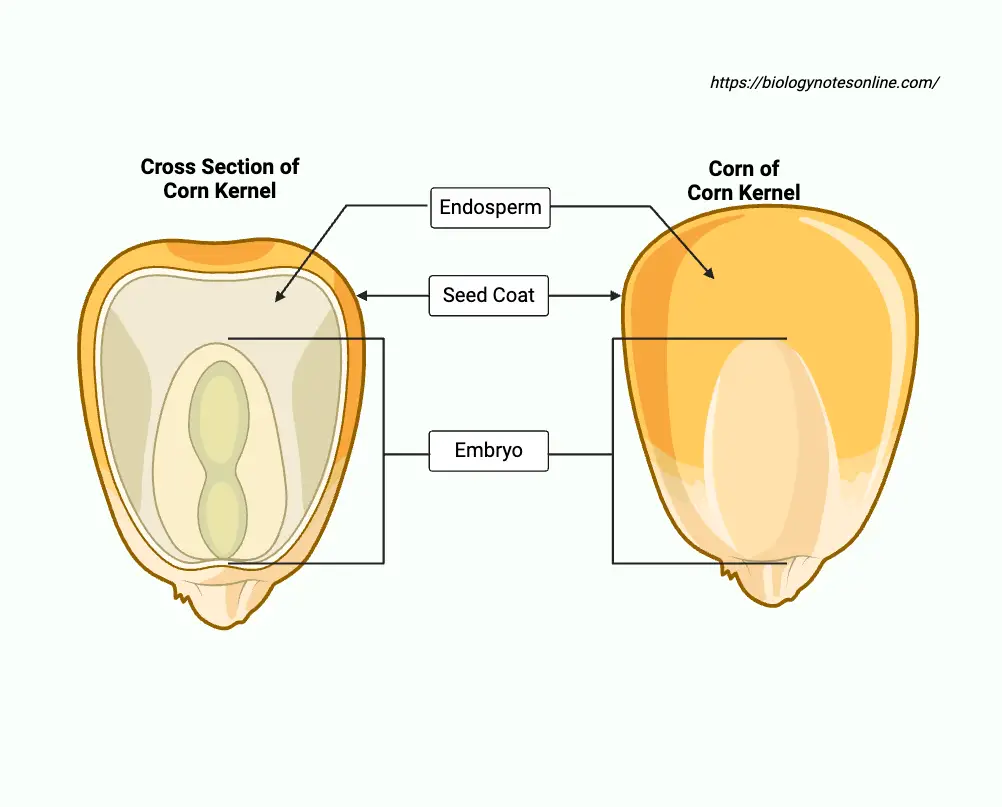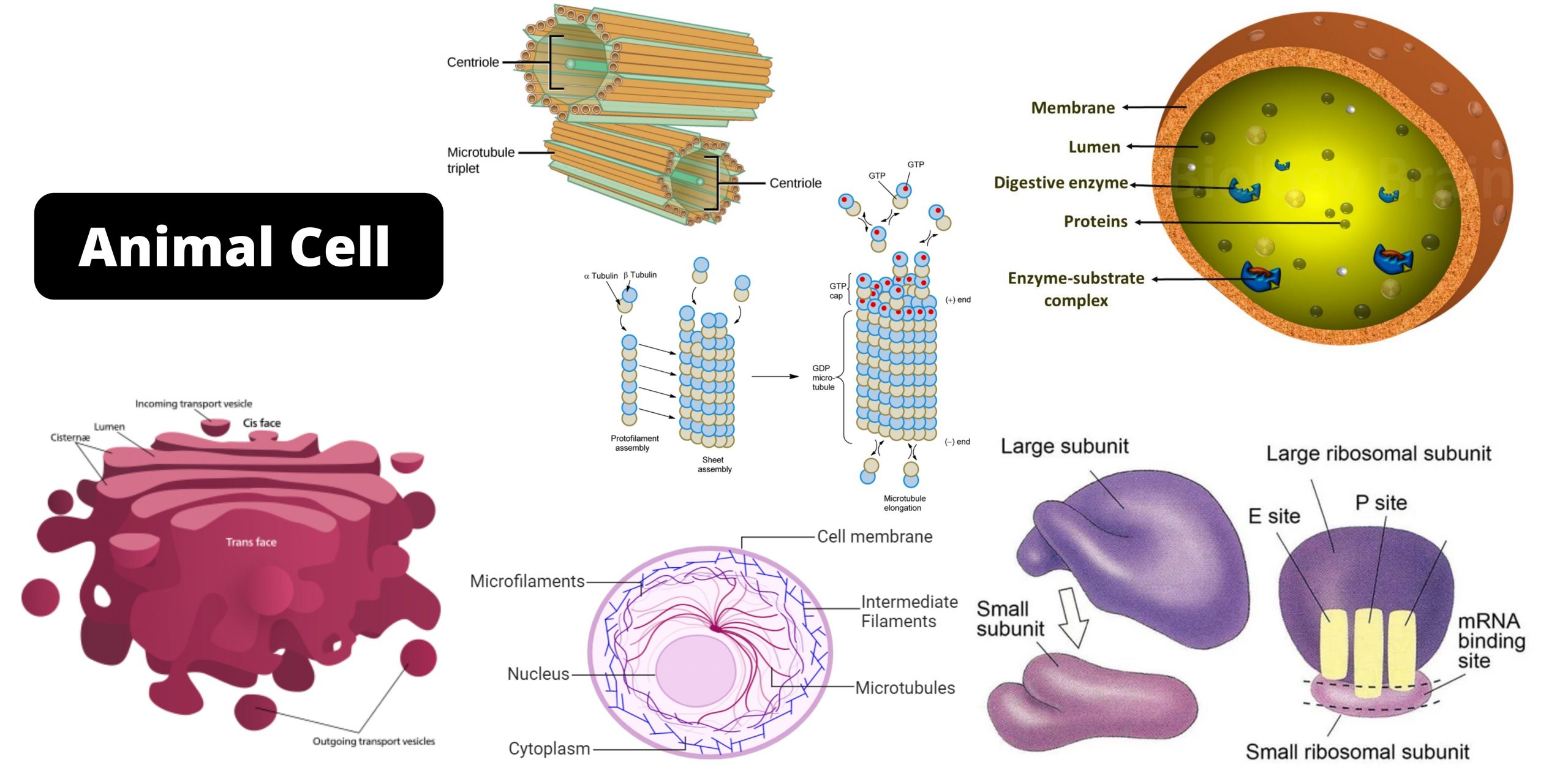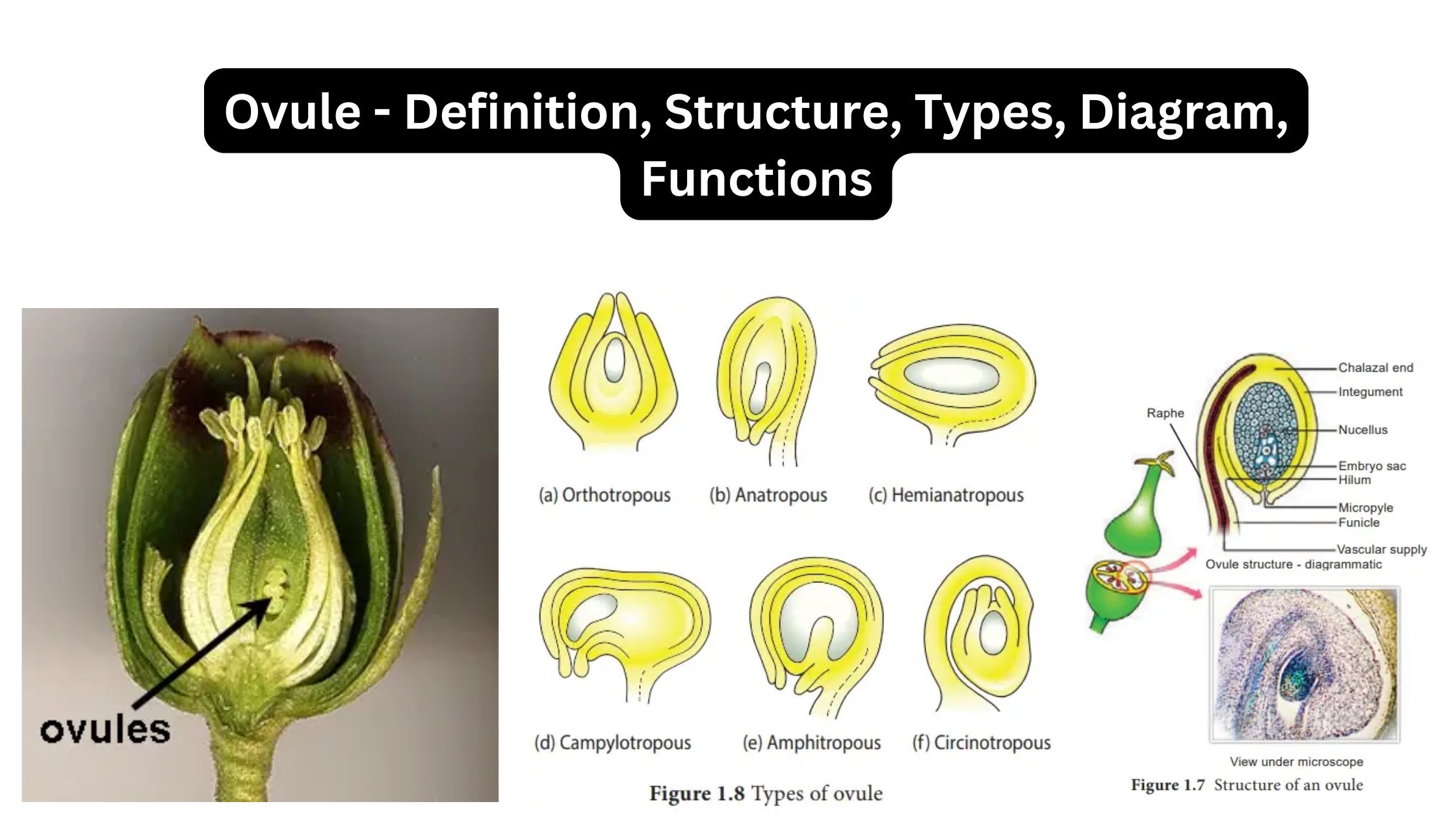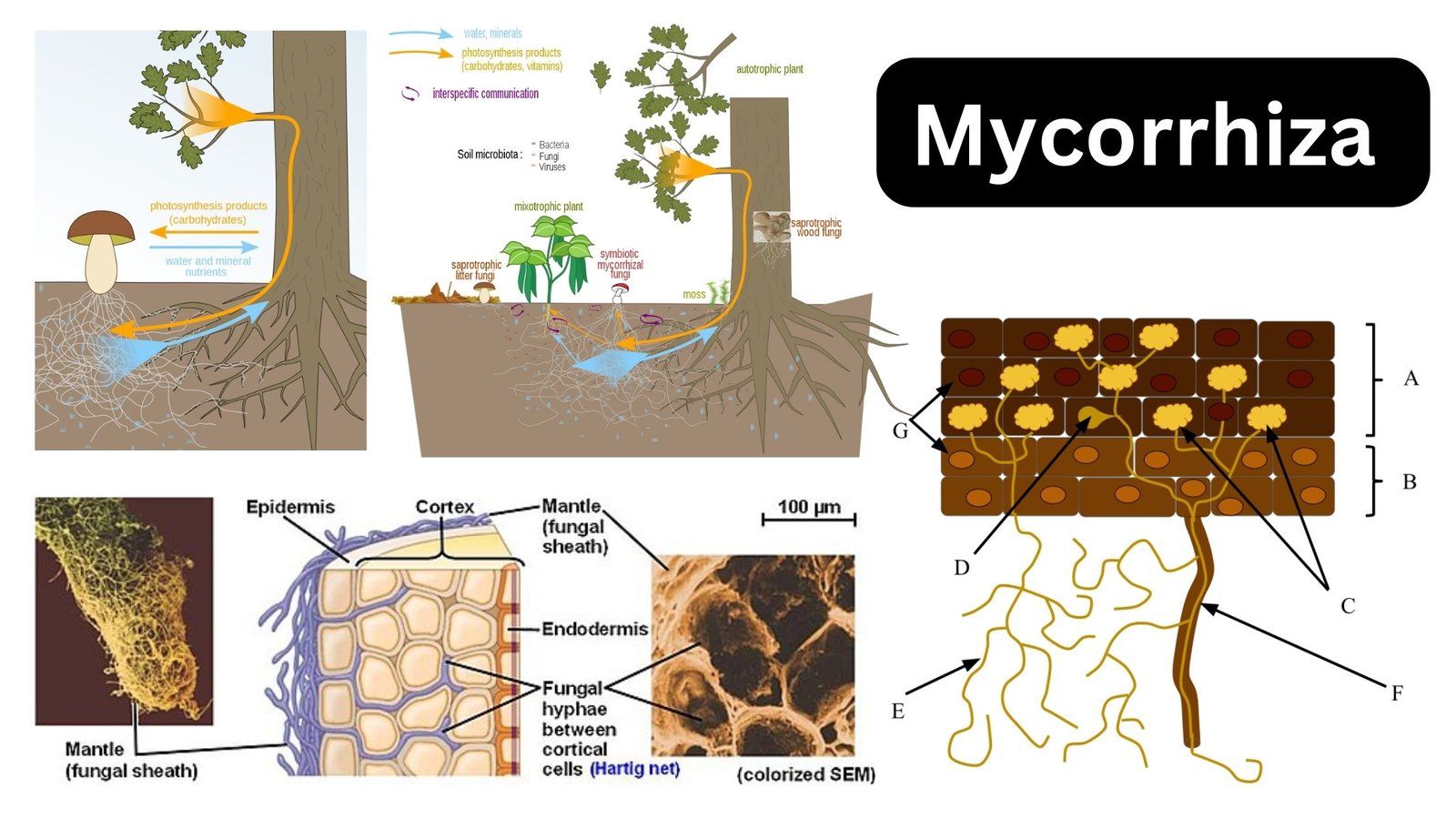Endosperm – Types, Development, Functions, Examples
What is Endosperm? Definition of Endosperm The endosperm is a tissue found in seeds of flowering plants that provides nourishment to the developing embryo. It is formed from the fertilization of a secondary nucleus by a sperm cell and can vary in structure, including nuclear, cellular, or ruminate types, depending on the plant species. Characteristic … Read more









